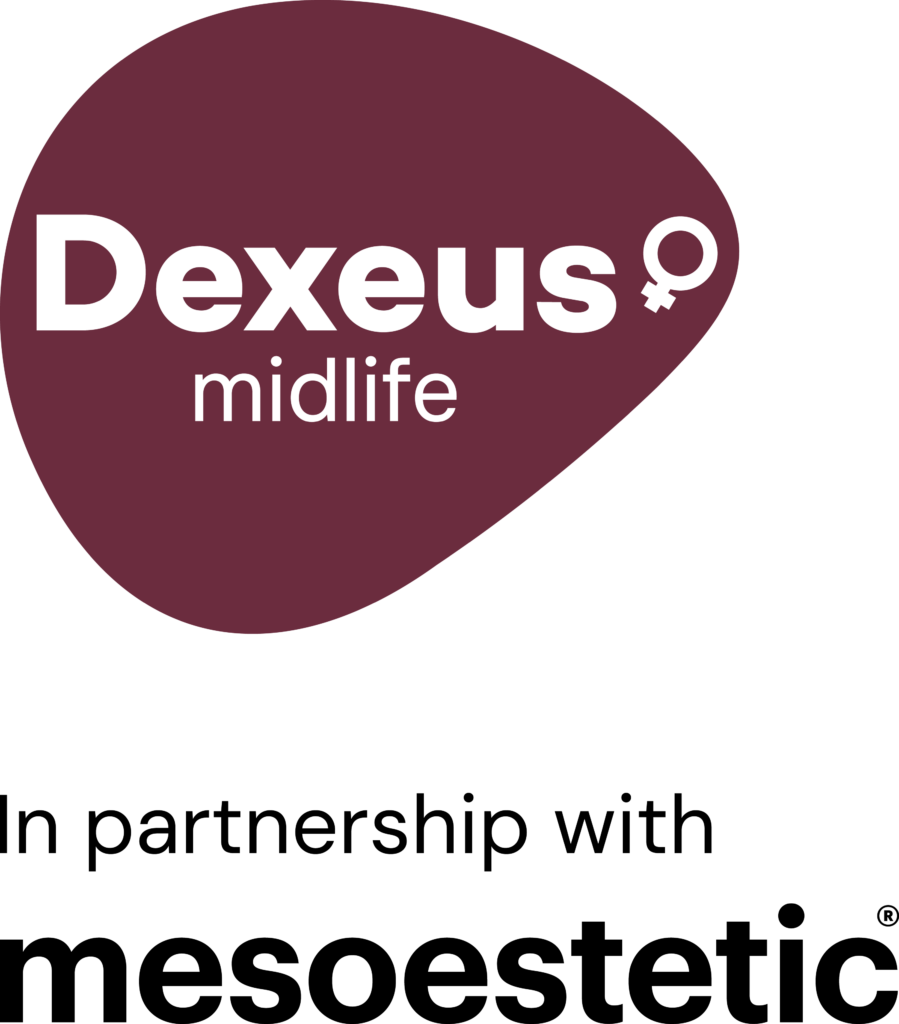Hormonal changes that occur during menopause cause a set of symptoms that are widely known by most of the population. However, there is a lack of knowledge of the musculoskeletal syndrome of menopause, a disorder that affects bone and joint health and musculature.
This concept includes various conditions, including: arthralgia, muscle weakness, loss of bone density and increased risk of fractures and injuries in ligaments and tendons, such as capsulitis, tendinitis, frozen shoulder and carpal tunnel syndrome, among others. It can also lead to the development of arthritis.
These are problems that are not always consulted and are attributed to age, but that are important to take into account to increase prevention, since 40% of cases do not have a structural cause. Therefore, specific follow-up and testing checks must be carried out, such as densitometry, assessing bone density, and it is important to monitor patients during this stage in order to identify susceptibility to suffering some kind of these conditions, offer lifestyle recommendations to boost the health of bones and joints and, if necessary, to apply some treatment.
Treatments for joint pain
Integrative menopause medical consultation
Integrative menopause medical consultation
This is a consultation by a gynaecologist specialising in women's regenerative and functional gynaecology....
Read moreAdvice consultation on menopause
Advice consultation on menopause
Menopause is a natural stage in women's lives that deserves to be experienced with vitality, optimism and confidence. At Dexeus...
Read moreHormone therapy
Hormone therapy
Hormone therapy has been proven to be safe and efficient and is the most effective way to alleviate the symptoms...
Read moreNatural treatments
Natural treatments
Natural treatments and therapies have been shown to be helpful in treating some common menopausal symptoms. Most can also be...
Read moreFAQs
What role do female hormones play in osteoarticular and muscular health?
Oestrogen has its own osteoprotective and anti-inflammatory functions, but we now know that it also acts directly in the structure and function of other musculoskeletal tissues, such as muscles, tendons and ligaments. It improves muscle mass and strength and increases the collagen content of connective tissues.
In which cases can the use of hormone therapy be useful to delay or prevent these conditions?
Although there are not many scientific studies with regard to osteomuscular syndrome (which is a recent term of use to refer to osteomuscular changes), an improvement has been observed in the symptoms of patients who undergo hormone therapy, especially if testosterone is added. In addition, we know that hormone therapy in menopause is one of the therapeutic and preventive strategies for osteoporosis.
Are there genetic factors that increase susceptibility?
Although it is known that there is a correlation between the development of osteoporosis and family history, when directly assessing the symptoms of osteomuscular syndrome we still do not know whether there is a genetic predisposition, although we know that the cause is specifically the decrease of oestrogen.
What preventive measures are recommended?
Movement is essential to improve both symptoms and quality of life in general at this time. Having joints in motion improves stiffness, and strength exercise improves muscle mass and prevents the development of osteoporosis. Physiotherapy can also be of help. Furthermore, the consumption of foods rich in calcium (or, if you do not consume enough, taking supplements), accompanied by vitamin D and magnesium, will help us to have strong bones. Magnesium can also be useful for improving muscle recovery.
To what extent are collagen supplements effective or the use of nutraceuticals to counteract the wear of joints and cartilage?
To date, the evidence is controversial: Some studies show that hydrolysed collagen could improve osteoarthritis and others conclude that there is little evidence.
Does the risk of suffering from back or sciatic pain have any relationship with the hormonal decrease that occurs during menopause?
First, other causes should be ruled out, although some studies correlate the onset of lower back pain with this transition stage. However, in most cases there is a greater correlation of back pain associated with a high body mass index (BMI), which is related to a mechanical issue.

